Sister Midnight: It’s Radhika Apte’s World & We Are Just Living In It
In a creatively barren phase for Hindi cinema, Sister Midnight is a rare spark. Defying market norms and genre traps, it reaffirms the joy of watching films and reiterates the medium's potency.
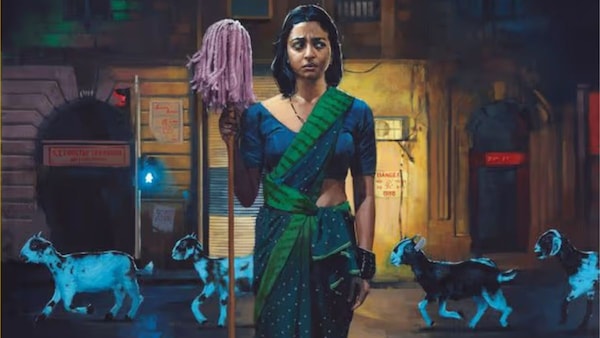
Promo poster for Sister Midnight.
Last Updated: 05.24 PM, Jun 02, 2025
KARAN KANDHARI'S Sister Midnight is a radical beast. It is provocative and outlandish, hilarious and macabre. It is intimately accessible and formidably alienating; it is a dark comedy where the depth of darkness constantly squirms with the possibility of humour. Kandhari’s directorial feature is as much a clutter-breaker as it is a freewheeling venture, making up its mind on the go about what to do with itself after having broken the clutter. Surreal and odd, Sister Midnight is a frighteningly original shape-shifting film that cautiously evades meaning to avoid making sense.
One would be tempted to brand it as subversive, but Kandhari’s debut is more defiant in its energy, restive in spirit and endearing at its core. The filmmaker suffuses each frame with sprinting chaos where the refusal to conform takes over everything else, outlining in the process a distinct feminine existence in its absence of coherence.
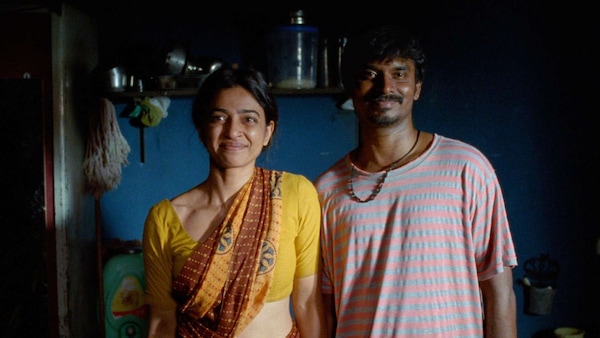
A midnight train and a newlywed couple as passengers. Uma (Radhika Apte) and Gopal (Ashok Pathak) are on their way to Mumbai. Little to nothing is revealed about how and where they met (we overhear that women rejected Gopal, and Uma had a reputation for being strange; later, during their fight, they reveal that they have known each other since childhood). Once they arrive in their paper-thin-walled room of a house, the stillness burgeons into creeping awkwardness. Both Uma and Gopal are unable to decide what to do with each other. He scuttles outside the room when she starts undressing and collapses a sexual gesture with a handshake.
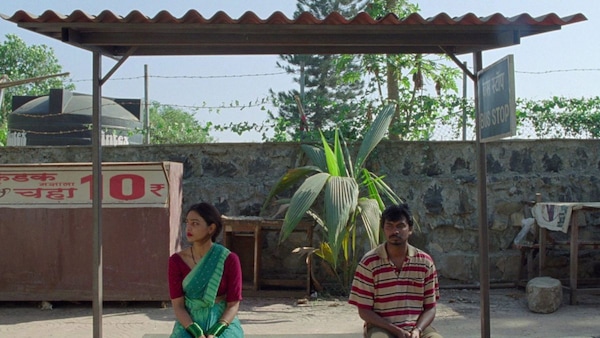
But between the two, it is Uma who appears to struggle more. She is unable to maintain the house, manage finances, and find companionship in the marriage. Gopal doesn’t make a sound, but the lack of any form of intimacy in the marriage puzzles Uma. So does life in general. She befriends her neighbour (Chhaya Kadam), takes a cleaning job in a far-flung place, and spends nights travelling in the deserted streets of Mumbai with a broom in one hand and a bucket in another. From afar, the silhouette makes her look like a goddess — an analogy not unfounded, given Uma is another name for Durga.
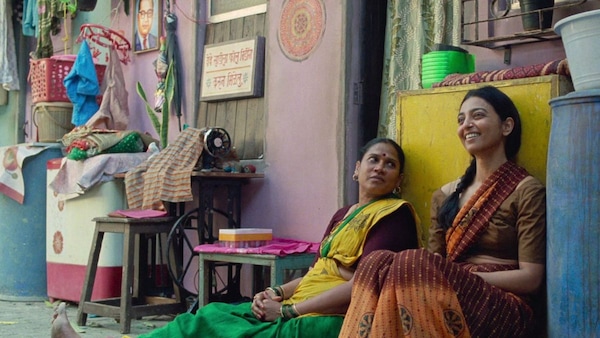
Such gnawing dissatisfaction is fertile ground for gear-changing transformation. Sister Midnight takes the route but undertakes a different journey altogether. Not the one for aligning with conventions, Kandhari’s film gets wilder by the minute and traverses a vampire reckoning, a witch-hunt threat and multiple bizarre segues to culminate in something I haven’t watched before.
Uma’s metamorphosis is feral, reminiscent of Ana Lily Amirpour’s A Girl Walks Home Alone at Night in its audacity, and also lonely and misshapen. Through her, the film refuses to commit to a linearity which might not always come together but is constantly daring and, in retrospect, eases off the burden for a woman to be something.
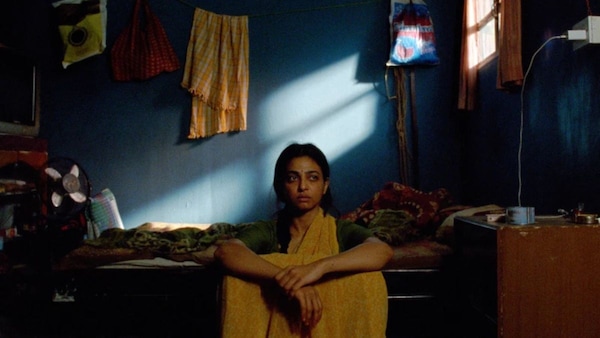
If Uma is constantly astounded by who she is becoming, so is everyone else around her. At one point, an exasperated Gopal asks why she isn’t like anyone else. It’s a throwaway line, and while Sister Midnight refuses to lie still and ponder (using the time instead for stylised shots scored to a myriad of music), it makes one wonder: is womanhood, as we know it, a default state or a violent ask for obedience?
Shot exquisitely by Sverre Sørdal and spliced into unnamed chapters by editor Napoleon Stratogiannakis, Sister Midnight has too much fun to streamline answers. It is not revisionist, it’s just endlessly inventive. Dotted with small wonders, the biggest triumph of Kandhari’s film is Radhika Apte.
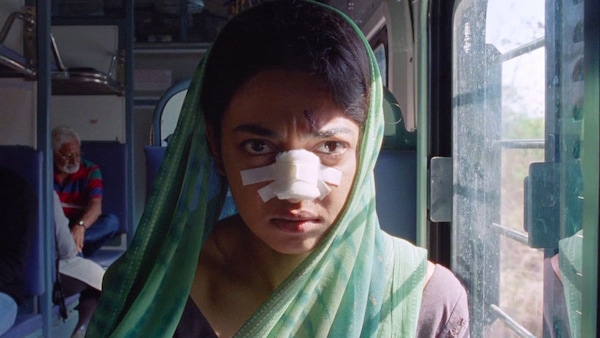
As Uma, Apte is phenomenal. Her flat tone and body language have the subtext of existential dread but none of its apathy. Mostly clad in saris, she does physical comedy with the consistency of a veteran and occupies every frame while getting startled when someone notices her. It’s a bravura turn that platforms her merit with fuller force than most Hindi films in the past, barring Vasan Bala’s Monica, O My Darling.
For a while, Hindi cinema has been going through creative bankruptcy. In such a time, the existence of a film like Sister Midnight gives immense hope. That it constantly swings for the fences and unravels without paying heed to market and genre trappings reaffirms the joy of watching films and reiterates the potency of the medium.
